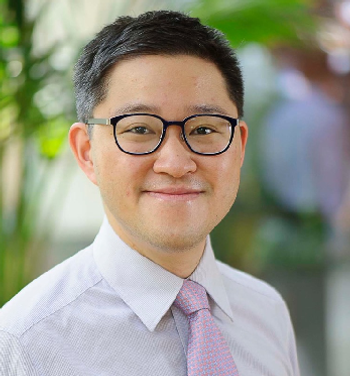
Ahead of the 2017 ASCO Gastrointestinal Cancer Symposium in San Francisco, we spoke with Dr. Geoffrey Ku on the advances in systemic therapy for esophageal and gastric cancer.

Your AI-Trained Oncology Knowledge Connection!


Ahead of the 2017 ASCO Gastrointestinal Cancer Symposium in San Francisco, we spoke with Dr. Geoffrey Ku on the advances in systemic therapy for esophageal and gastric cancer.

Using PET scans during induction chemotherapy for esophageal cancer, researchers were able to assess patient response to treatment and adjust their therapy, leading to an improved rate of pathologic complete response prior to surgery.

Lymph node status after undergoing neoadjuvant chemotherapy and resection of esophagogastric cancer was the only independent predictor of survival.
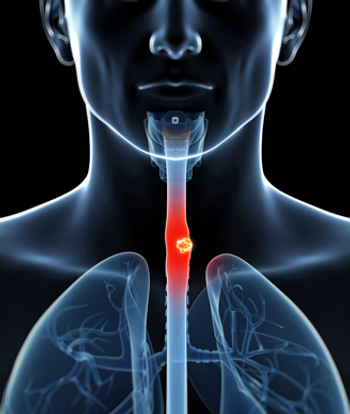
Results of a new Swedish study have shown that a surgeon needed to perform at least 15 esophagectomies in cancer patients in order to achieve stable survival results in the first months after the operation.

The addition of lapatinib to capecitabine/oxaliplatin did not prolong overall survival among patients with previously untreated HER2-amplified gastroesophageal adenocarcinoma.

This comprehensive guide for oncologists covers the diagnosis, staging, treatment, and management of esophageal cancer.

Long-term results of the CROSS study have confirmed that neoadjuvant chemoradiotherapy added to surgery should be the standard of care in esophageal or esophagogastric junction carcinoma.
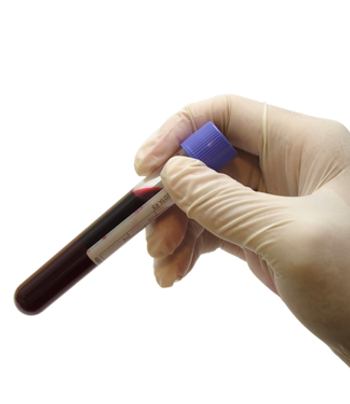
A retrospective analysis found that high expression levels of two angiogenic factors were associated with poor prognosis in esophageal cancer.

The FDA approved ramucirumab (Cyramza) in combination with paclitaxel for treating patients with advanced gastric or gastroesophageal junction adenocarcinoma.

Measuring expression of several microRNAs were significantly predictive of complete pathologic response to treatment in patients with esophageal adenocarcinoma.
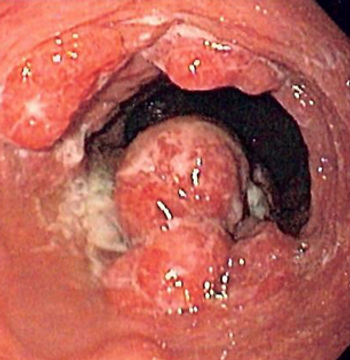
The stage of esophageal adenocarcinomas after neoadjuvant chemotherapy is predictive of outcomes, rather than the stage determined prior to therapy.
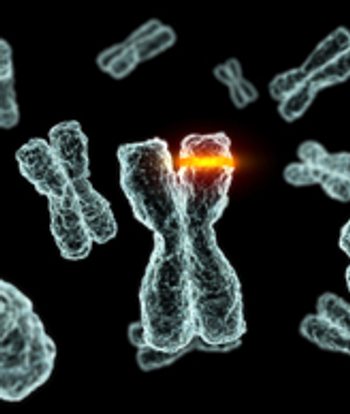
New research has identified specific gene mutations that occur in precancerous esophageal lesions, a finding which was then put into use with a simple non-endoscopic test.

Neoadjuvant chemoradiotherapy did not improve resection rates or survival outcomes in patients with early-stage, locally advanced esophageal cancer.

Preoperative staging of esophageal cancer with PET/MR is approximately as good as with endoscopic ultrasound, and may improve slightly over ultrasound and PET/CT scans, according to a new study.

Until anatomic staging and physiologic prediction models improve, induction therapy serves as a useful crutch that can mitigate the weaknesses in both of these important preoperative tasks.

Both esophageal cancer and stomach cancer are aggressive malignancies with contrasting risk factors, histologies, and molecular characteristics-yet for the most part comparable therapeutic approaches.
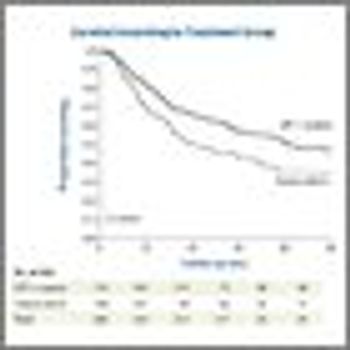
The purpose of this review is to update, present some of the new data on, and outline the controversies regarding neoadjuvant and adjuvant therapy of esophagogastric junction and gastric adenocarcinoma.
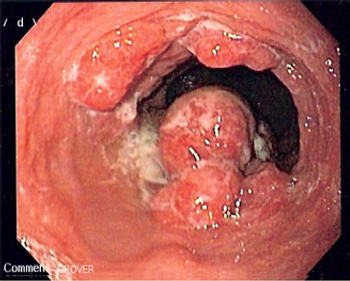
Adding ramucirumab to FOLFOX did not delay progression in patients with untreated advanced gastric or esophageal adenocarcinoma, according to trial results presented at the 2014 ASCO Annual Meeting.

Patients who exhibited certain clusters of symptoms after undergoing surgery for esophageal cancer were at an increased risk for mortality, according to the results of a prospective Swedish cohort study.

A meta-analysis by researchers in Australia shows that those infected with the human papillomavirus have a threefold higher risk of developing esophageal squamous cell carcinoma.

Adding the chemotherapy docetaxel to active symptom control in advanced esophagogastric adenocarcinoma improves survival of patients. These are the results of the phase III COUGAR-02 trial.
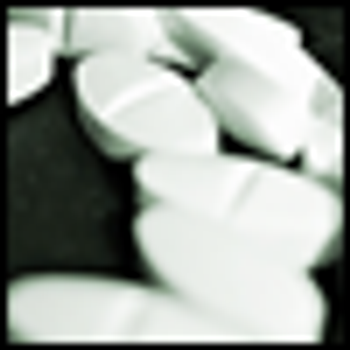
Three papers published today show that aspirin, taken daily, may prevent cancer, and could even treat certain cancers.
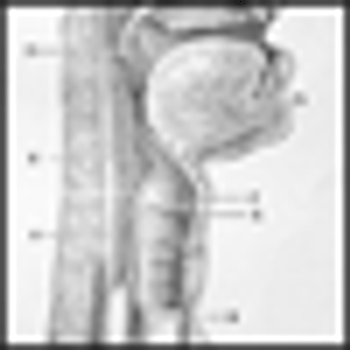
Esophageal cancer generally has a poor prognosis; while preoperative chemotherapy is recommended, tumors often do not respond to treatment.

Recent developments in the epidemiology, staging, and treatment of esophageal and gastroesophageal junction cancers have led to significant changes in the way these malignancies are managed. Although a relationship between gastroesophageal reflux disease and esophageal cancer has been demonstrated, antireflux surgery has been shown to have no preventive effect with regard to the development of esophageal adenocarcinoma. The newly modified staging system of the World Esophageal Cancer Consortium has helped define the optimal number of lymph nodes to dissect during an esophagectomy. Incorporating modern techniques, such as esophageal ultrasound, fine needle aspiration, and positron emission tomography, can improve the prognostic value of staging. Use of higher-volume centers and higher-volume surgeons for the performance of procedures in upper gastrointestinal cancers is associated with better outcomes. Neoadjuvant chemoradiation using a wide variety of chemotherapy regimens appears to have become the new standard of care for stage II and III esophageal cancer.

Esophageal adenocarcinoma (EAC) affects approximately 11,000 persons per year in the United States, is increasing in incidence, and is associated with an exceptionally high mortality rate.[1-4] In this issue of ONCOLOGY, Krasna reviews the role of multimodality therapy in the treatment of EAC. Poor outcome in patients with EAC is reflective of both deficiencies in early detection and the inadequacy of available therapies across stages.